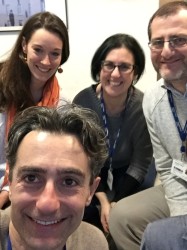BibTex format
@article{Joshi:2015:brain/awv125,
author = {Joshi, Y and Soria, MG and Quadrato, G and Inak, G and Zhou, L and Hervera, A and Rathore, KI and Elnaggar, M and Magali, C and Marine, JC and Puttagunta, R and Di, Giovanni S},
doi = {brain/awv125},
journal = {Brain},
pages = {1843--1862},
title = {The MDM4/MDM2-p53-IGF1 axis controls axonal regeneration, sprouting and functional recovery after CNS injury},
url = {http://dx.doi.org/10.1093/brain/awv125},
volume = {138},
year = {2015}
}

